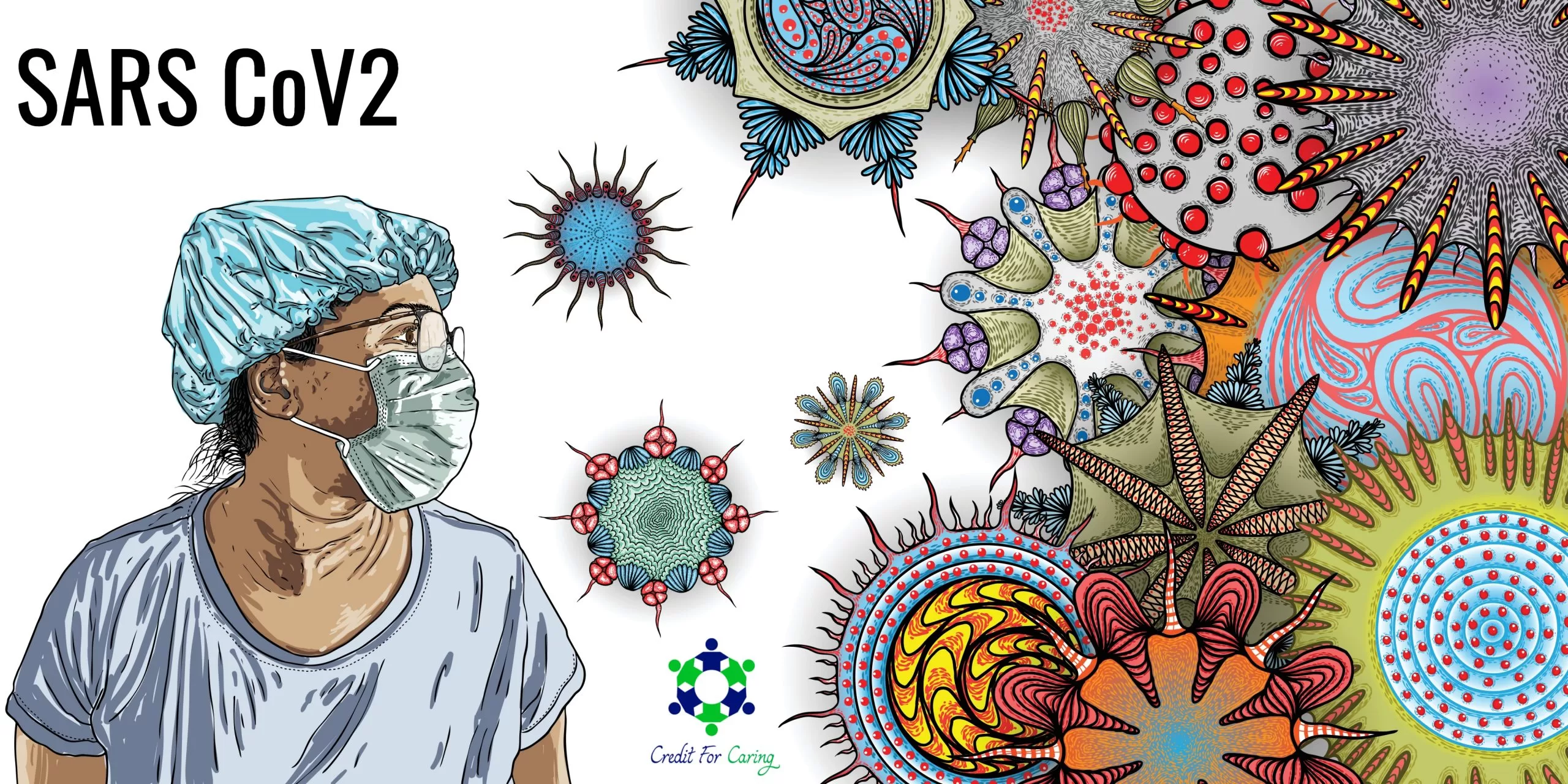
Osman Ahmed, MD, DrPH, FAAFP
Guest Blogger
The USA has continued to lead the world with more than 20% of world cases and deaths (the USA has only 4% of the world population). Our country is still grappling with how to fight the disease without infringing on people’s freedom or imposing temporary restrictions for the “greater good”. While other countries, especially Asian and New Zealand, avoided excessive deaths and flattened their curve, the United States opted for COVID risk reduction. Without national guidelines, states and local communities were left to fend for themselves during the pandemic of a lifetime.
Politicians claimed success by “guesstimating” the potentially prevented COVID cases or deaths, had no interventions been in place. As the country continues to have a high COVID death toll, the full impact of COVID 19 on the economy is not fully known but is in the upwards of 3 trillion of loss in goods and services (excluding the economic impact of lost human lives). The loss of lives has brought sadness and stoked fear among a large swath of individuals who withdrew even from the least risky activities. While reopening might have brought a glimpse of hope, a vibrant economy requires the participation of all able workers without fear of getting or spreading COVID.
All States Going From Bad to Worse
Miscalculations and indecisiveness aside, time is running out to have a comprehensive national plan in order to control COVID 19. The virus has spread in all 50 states and has continued to threaten the lives of all Americans as it claims more than 23 million cases and more than 333,000 deaths involving COVID 19 to date (CDC Jan 14, 2021).
There are several factors that favor the continuous spread of the disease in the United States.
- SARS CoV2 is very contagious with Reproduction number R0 of 3 (one individual will infect an average of 3 people without contact tracing, social distancing, and face covering).
- There were 3 more contagious SARS CoV-2 variants worldwide (with at least one now in the US) with an R0 close to 7. It is possible the mutating viral antigens will change over time, with subsequent impact on acquired immunity. Depending on the nature and scope of these changes, the immune response to the viral antigens may become less pronounced or insufficient after a few years.
- There is no successful antiviral therapy except in the case of some cases of severe infections where it may shorten the length of hospitalization and decrease the risk of dying.
- Available tests have some limitations in predicting “true positive” cases, especially in populations with low prevalence rates. Moreover, with a long wait time for results, infected individuals may unwittingly continue to spread the virus.
- It is possible that COVID 19 will continue to spread and have a strong foothold even after the end of the current pandemic. In this case, it will always be a threat to our public health and the economy.

Asymptomatic Spread
SARS CoV2 is very efficient as it moves from one individual to the other without showing any evidence of disease up to 50% of the time (asymptomatic spread). The disease spreads from asymptomatic individuals to their contacts especially without social distancing and or masks.
There are no specific manifestations for COVID 19 in those with mild disease who may present with symptoms of the common cold such as dry cough and fever with or without shortness of breath. The relationship between viral load and spreading the infection to others is not fully understood. Similarly, the magnitude and durability of the immune response (T-cells and antibodies) to recent infection or vaccination are unknown.
Failure to Follow Prevention Guidelines
Contrary to other societies, Americans are autonomous and less adept to follow recommendations or build a consensus. There is no social compact or collective will. Contact tracing is neither universally adopted nor implemented. The decision-making process to control the pandemic has often been politically tainted and less grounded in facts or evidence. There is no coordination in control efforts among states especially those with shared borders.
Other factors favoring spread include mobility and unrestricted domestic and international travel. Similarly, the movement of potentially infected individuals from high prevalence (hot zone) to low prevalence areas will increase the spread.
Fatigue from self-imposed isolation or shelter-in-place orders may temper the public’s enthusiasm to follow public health recommendations. Significant variation in adhering to or adopting control measures (such as simultaneous use of face masks and social distancing) in the 50 states and local communities may adversely impact spread. Social gatherings such as political rallies, places of worship, educational settings (schools, colleges), gyms, bars, restaurants, or crowded workplaces are high potential spread or “super spreader” events.
Urgent Need for National Action Plan
We need an American strategy with a national action plan. We do not want to wait longer to get our lives back. We cannot afford to lose many more lives, and we must avoid a deeper recession. We have to use our innovations in health and medical care to control the spread of the virus not only in the US but throughout the world.
The lack of unified, coordinated leadership and management at all levels had resulted in chaos, confusion, and often hard to follow recommendations. The directives of the Centers for Disease Control CDC and the Department of Health and Human Services HHS have been less than adequate and with minimal public health impact. There has been minor to no input of public health experts in critical decisions for infection control. In the USA, we were unwilling to learn from other countries’ experience in controlling the disease spread, reopening or closing borders, and promoting public adherence to common sense preventive practices.
Vaccinations Underway
Local and state responses to COVID 19 are not sufficient to control the disease as the virus will continue to spread until at least 60%-80% of Americans develop some type of immunity through infection or active vaccination. The first vaccine has become available 2 months ago, but availability, distribution, and administration programs are not in place to vaccinate a critical mass of 200 million Americans within a reasonable period of time in order to confer the desired herd immunity.
Thank you, Dr. Ahmed
We are proud to have Dr. Ozzie on our team. His population health, epidemiology, and clinical practice skills are in high demand today. Next week Dr. Ozzie will share his national plan with us so stay tuned. Here is a link his most recent podcast appearance discussing SARS CoV2 vaccinations.



